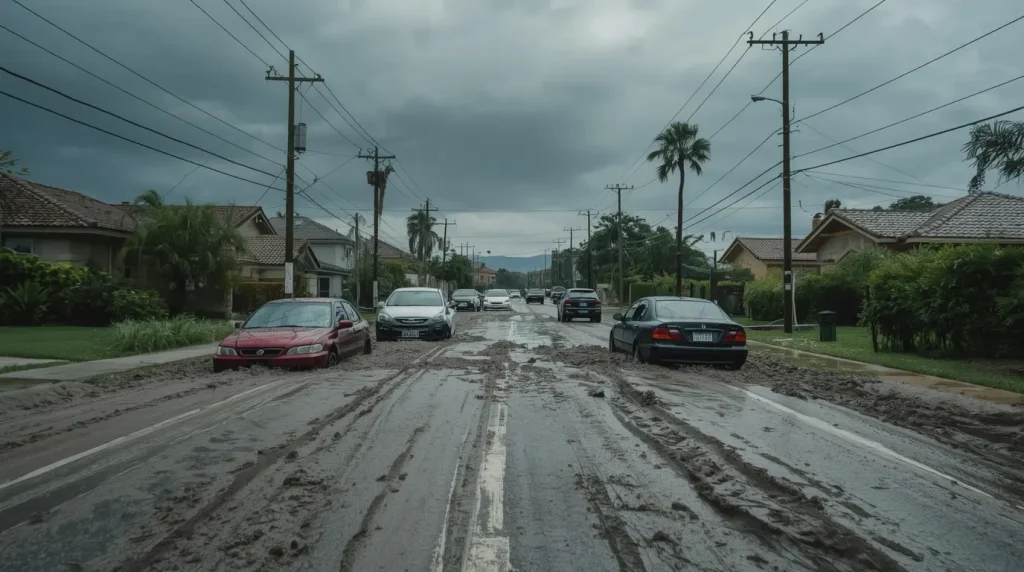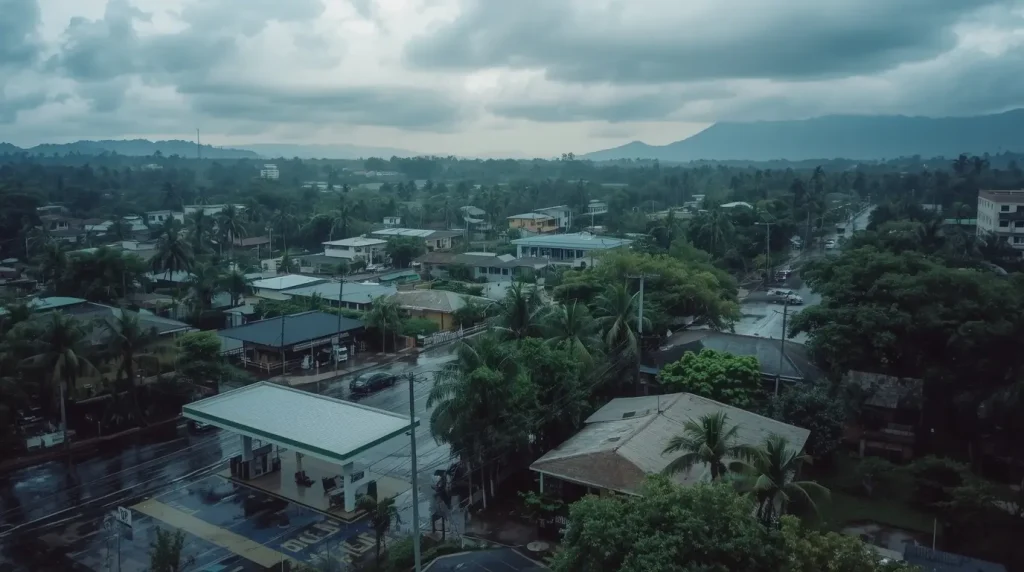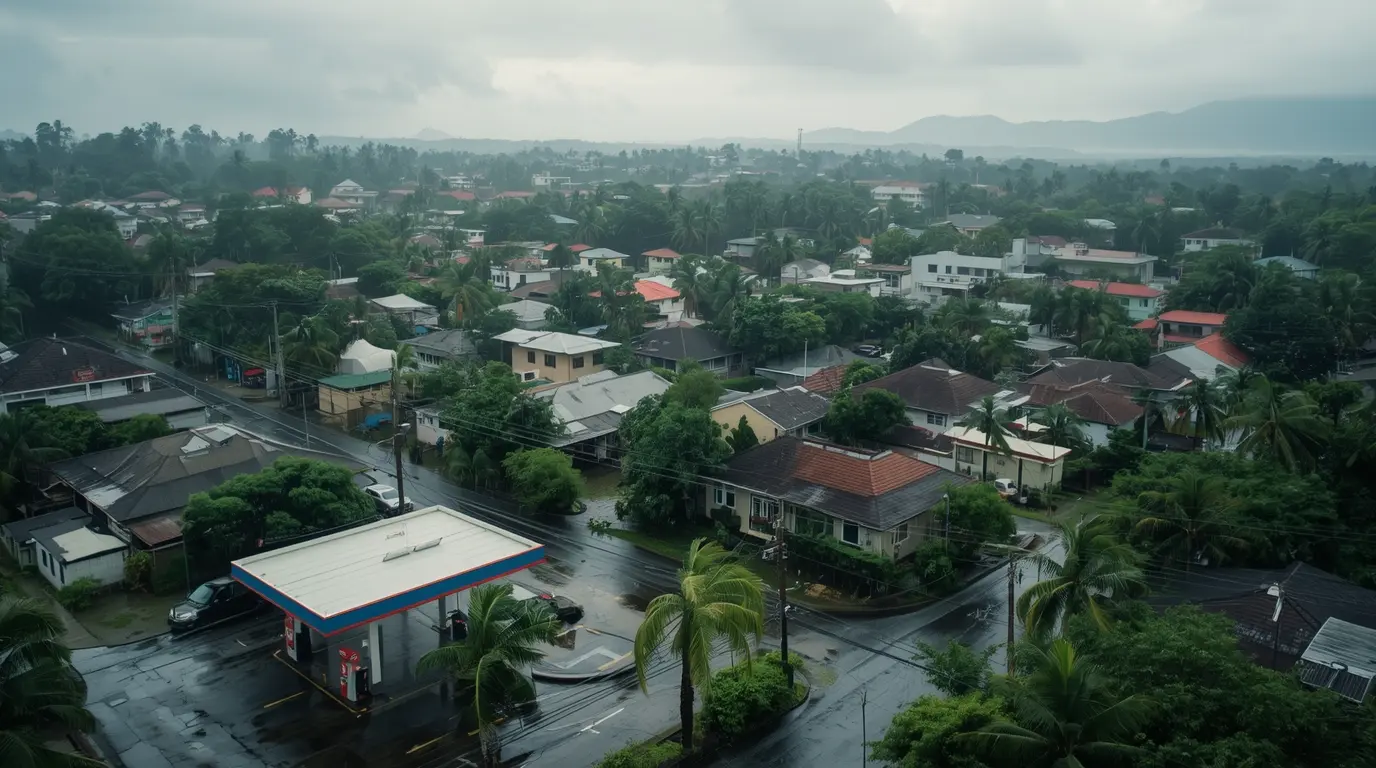Floodwater Crisis: Exploring The Extreme Flooding
Floodwater can have a far greater reach downstream than where its initial impact is. Due to the heavy rains and an overflowing river, certain places have started facing a very extreme and urgent Overflow crisis. In this blog, we focus on and try to analyze the root causes, effects, responses, and lessons of this disruptive phenomenon while explaining how Overflow water is both a prevailing symptom and a stress test of resilience.
What Causes the Increase in Floodwater?
In the past few decades, an unprecedented paradigm shift has occurred due to Overflow water for which a variety of reasons have contributed to the phenomenon:
Heavy rainfall & storms: Continuous and sustained rainfall leads to the saturation of subsoils and the drainage system, which eventually culminates in the floodwater surge and stream overflow.
River overflow: Downstream river systems breach their banks and funnel Overflow into surrounding regions due to heavy rains.
Urbanization & deforestation: Concrete and sealed surfaces during urbanization, and the loss of trees as natural buffers, leads to the unregulated funneling of Overflow into urban areas. Wetlands and trees to mitigate Overflow water have been removed, causing it to flow unregulated and with more force.
Sea level rise: Coasts are the worst affected, as the combination of surge tides caused by storms and the rising sea level, enhances and amplifies the flooding in inland areas.
Translating Problematisation of Floodwater to Impacts of Overflow : From Homes to Ecosystems
There are several intertwining drivers such as climate change, ecosystems, and urban planning which show that Overflow water is not a singular problem.

Losing Livelihoods and Dispersed Populations
There are severe repercussions of floodwater which include damage to health, homes, and infrastructure.
Stagnant flood water acts as a breeding ground for mosquito larvae, contaminating water supply and contracting waterborne diseases.
As a result of Overflow water, there are a lot of small businesses that are submerged, livestock that perish, and crops that are completely destroyed.
Along with neighborhoods that are submerged, there are a lot of people that have to completely evacuate to lower the risk of being trapped.
Flora and fauna are submerged to the root and the soil for several days, along with having horrible flora and fauna, are completely destroyed.
Zooming In – Understanding the Recently Occurred Overflow Events
For the last couple of weeks, flood water has caused quite the stir in the news for several places.
People residing in the floodplain regions, along with the urban centers, watched and reported how the floodwater overflowed and submerges the lowlands quite rapidly.
People in the urban areas reported their metro stations and ground floor homes completely filled with water.
While the residents living in the rural and agricultural regions reported the complete destruction of their farming land along with their irrigation system.
In the surronding coastal areas, massive waves and storm surges traveled more inland than we have seen before, combining thw high tides and fllod water to create abundant living space ast fe have imagined.
The flood waters utilize the weakest systems in planning, implementing, and infrastructure the same way every time.
How Communities Take Action When There is a Flood Water Emergency.
With the flood water arriving, time is cut short and every minute is important. Responses include:
Rescue and Evacuation Missions — People in charge utilize boats, helicopters, and designated evacuation centers to safely relocate individuals caught in flood waters.
Sandbags and Physical Barriers — Residents, along with first responders, construct temporary barriers to prevent water from flowing into sensitive areas.
Deploying Pumps and Drains — Balanced structures and drains positioned strategically litter the streets to level flood waters and excess water in cellars.
Purification of water and the first aid kits and medical supplies,
together with sanitation packs, become important to the systems which flood waters bring pollution to.Community support systems — all in social, NGO, and volunteers work together to support people trapped in flood waters
A response is more often slow than the surge of flood water. The results are massive loss of life and strained recover.
Planning for the Next Wave of Floodwaters
To lessen the impact of floodwaters in the future, communities should focus on the following:
- Stronger infrastructure – Raised foundations, permeable pavements, and more effective drainage systems reduce the impact of floodwaters.
- Restoration of wetlands and buffer zones – Natural areas slow and absorb floodwaters, particularly those flowing toward congested areas.
- Forecasting and early Overflow waters arrive.
- Zoning and land-use policy – Development in flood-ways, the abandonment of floodable zones, and the preservation of floodable green spaces can be effective in managing the movement of Overflow waters.
- Managed drills and community education – Instruction on evacuation for drills, flood-proofing homes, and sanitation preparedness enhances the level of readiness.
- Planning for climate change – Adapting long-term investment plans for managing the risks that floodwaters pose, especially in a climate change scenario.
Learning from Recent Floodwater Disasters
The areas that have been affected provide a few important lessons in floodwater resilience:
- Action taken early can be life-saving – Losing the least amount of life or infrastructure relies on warnings being heard and evacuations being initiated.
- The importance of interconnectedness – The loss of roads, bridges, and communication systems due to floodwaters slow down the responding time.
- Justice in recovery – More often than not, those that have been defended the floodwater and suffer the worse damage, and so must be the focus of the support.Blending approaches — From infrastructure to nature, and even policy, all must be combined to manage and contain floodwater.
Ongoing financing — Managing floodwater is continuous, and does not stop at checking a box. It needs consistent management, adjustment, and monitoring.

A Call to Action — Coexisting With Floodwater
Fernal flood events are becoming more common and severe, and this means that the choice to either respond or change is crucial. We cannot build resilience for the future without accepting that floodwater is more than just a crisis, but a challenge that needs us to change the way we build, plan, and live.
Install better drainage, conserve wetlands, prepare the public, and plan to contain the floodwater and take purposeful actions. Every single community can and should take action today.
“Floodwater is an urgent matter and we cannot stall. We must respond with urgency that is proportional to the problem.”
Reference Website: https://www.bbc.com/news/articles/c2ejpwmen7jo
For more news updates, visit our home page.


